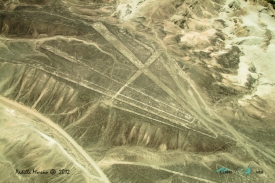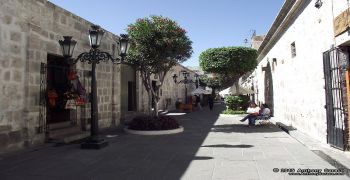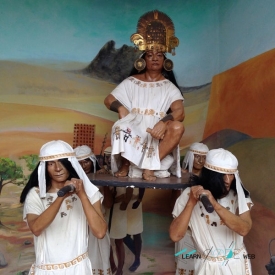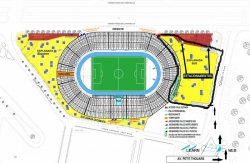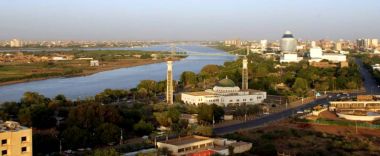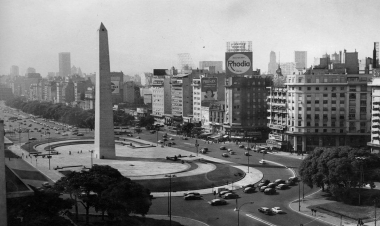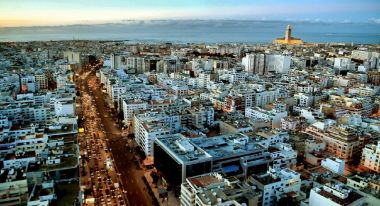ABOUT Madain Saleh
Hegra (Ancient Greek: Ἔγρα), also known as Mada’in Salih (Arabic: مَدَائِن صَالِح, romanized: madāʼin Ṣāliḥ, lit. 'Cities of Salih'), or Al-Ḥijr (ٱلْحِجْر) is an archaeological site located in the area of AlUla within Al Madinah Region in the Hejaz, Saudi Arabia. A majority of the remains date from the Nabatean kingdom (1st century AD). The site constitutes the kingdom's southernmost and largest settlement after Petra (modern-day Jordan), its capital. Traces of Lihyanite and Roman occupation before and after the Nabatean rule, respectively, can also be found.
The Quran places the settlement of the area by the Thamudi people during the days of Salih, between those of Nuh (Noah) and Hud on one hand, and those of Ibrahim (Abraham) and Musa (Moses) on the other. However, a definitive historical chronology can not be obtained through the order of verses due to the fact that the Quranic chapters (see Surah) deal with different subjects in non-chronologic order. According to the Islamic text, the Thamudis were punished by Allah (God) for their practice of idol worship, being struck by an earthquake and lightning blasts. Thus, the site has earned a reputation as a cursed place—an image which the national government is attempting to overcome as it seeks to develop Mada'in Salih for its potential for tourism.
In 2008, UNESCO proclaimed Mada'in Salih as a site of patrimony, becoming Saudi Arabia's first World Heritage Site. It was chosen for its well-preserved remains from late antiquity, especially the 131 rock-cut monumental tombs, with their elaborately ornamented façades, of the Nabatean kingdom.
The Quran places the settlement of the area by the Thamudi people during the days of Salih, between those of Nuh (Noah) and Hud on one hand, and those of Ibrahim (Abraham) and Musa (Moses) on the other. However, a definitive historical chronology can not be obtained through the order of verses due to the fact that the Quranic chapters (see Surah) deal with different subjects in non-chronologic order. According to the Islamic text, the Thamudis were punished by Allah (God) for their practice of idol worship, being struck by an earthquake and lightning blasts. Thus, the site has earned a reputation as a cursed place—an image which the national government is attempting to overcome as it seeks to develop Mada'in Salih for its potential for tourism.
In 2008, UNESCO proclaimed Mada'in Salih as a site of patrimony, becoming Saudi Arabia's first World Heritage Site. It was chosen for its well-preserved remains from late antiquity, especially the 131 rock-cut monumental tombs, with their elaborately ornamented façades, of the Nabatean kingdom.



